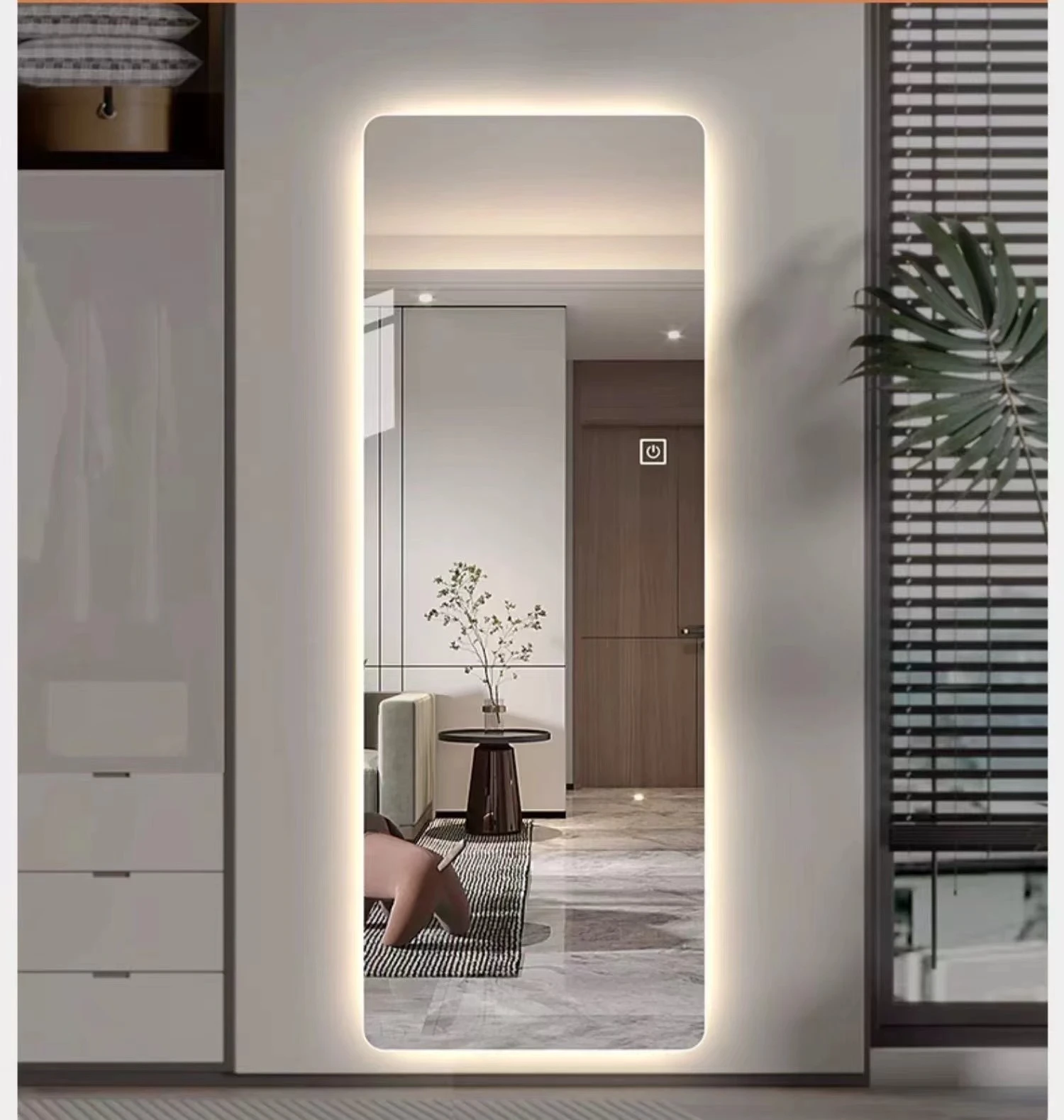

Understanding the Cost of 12mm Tempered Glass
Tempered glass, often referred to as toughened glass, has gained popularity across various industries for its strength, safety, and aesthetic appeal. With increasing applications in architectural structures, furniture design, and automotive manufacturing, the demand for tempered glass, particularly in the 12mm thickness category, has surged. This article aims to elucidate the factors influencing the price of 12mm tempered glass, offering insights for consumers and businesses alike.
What is Tempered Glass?
Before delving into price factors, it’s essential to understand what tempered glass is. Tempered glass is manufactured through a process of extreme heating and rapid cooling, making it much stronger than standard glass. This process increases its resistance to thermal shock and impact. When broken, tempered glass shatters into small, blunt pieces rather than sharp shards, enhancing safety, making it an ideal choice for a wide range of applications.
Factors Influencing the Price of 12mm Tempered Glass
1. Material and Raw Material Costs The primary cost of tempered glass originates from the raw materials used in its production. Silica sand, soda ash, and limestone are the fundamental components. Fluctuations in the prices of these raw materials significantly influence the overall cost of the end product. Additionally, higher quality glass, which may be required for specific applications, can further elevate costs.
2. Manufacturing Process The production of 12mm tempered glass involves sophisticated manufacturing techniques. Advanced technology and machinery are required to ensure high-quality product output. The tempering process itself adds to production costs. Manufacturers must invest in specialized kilns and equipment capable of achieving the necessary temperatures for tempering glass effectively.

3. Thickness and Size The thickness of tempered glass has a direct correlation with its price. Generally, thicker glass, such as the 12mm option, is more expensive due to the increased amount of raw material required and the greater energy needed during the tempering process. Furthermore, larger panels can also lead to increased costs, as they require more handling and specialized transportation.
4. Customization Many consumers opt for customized tempered glass products, which can include specific sizes, shapes, or finishes. Customization often increases the price due to additional processing time and labor. For instance, if a client requires a unique shape for a glass panel, it necessitates additional cutting and finishing processes, thus contributing to higher costs.
5. Market Demand Supply and demand dynamics play a crucial role in pricing. In regions where the construction industry is booming or where tempered glass applications are prevalent, prices may rise due to increased demand. Conversely, in areas with fewer projects requiring such glass, prices may stabilize or decline.
6. Transportation and Delivery The logistics of transporting 12mm tempered glass can influence costs. Due to its fragile nature, special handling is required during transit, which can increase transportation costs. Additionally, delivery distances can affect prices, particularly for smaller manufacturers or suppliers operating regionally.
7. Vendors and Suppliers Different suppliers may have different pricing strategies based on their operational costs and market positioning. It’s essential for buyers to compare prices and services from various vendors to ensure they are getting the best value for their investment. Many suppliers offer bulk purchasing discounts, which can significantly lower per-unit costs.
Conclusion
In conclusion, the price of 12mm tempered glass is influenced by a myriad of factors ranging from raw material costs and manufacturing processes to market dynamics and customization. For consumers and businesses venturing into glass purchasing, understanding these factors is crucial for making informed decisions. Whether one seeks tempered glass for residential windows, commercial facades, or uniquely designed furniture, being aware of the underlying cost drivers can lead to better budgeting and project planning. As the demand for high-quality tempered glass continues to grow, keeping these factors in mind will help consumers navigate the marketplace with confidence.